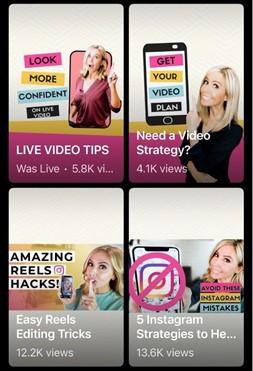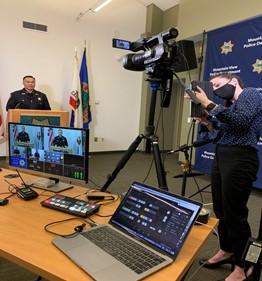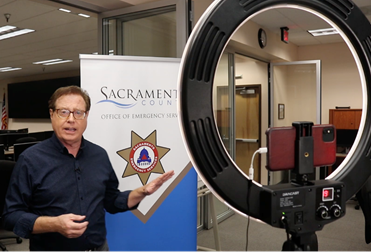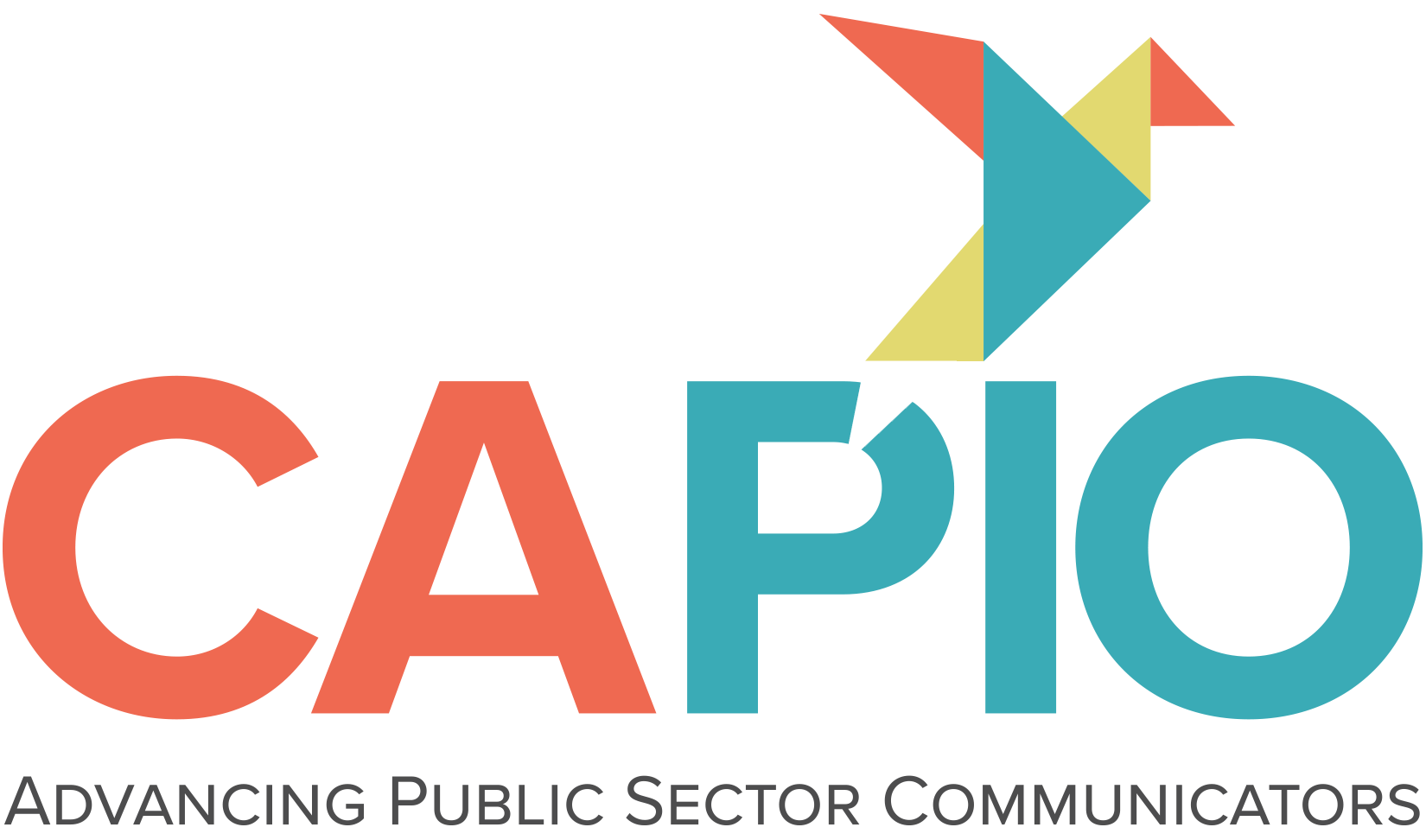Digital communications trends in 2021
By Brie Anne Coleman, Multimedia Specialist, Placer County Water Authority
With last year’s new trends already embraced as “the new normal,” the pandemic continues to accelerate the need for modern digital communications.
Issues, ideas and innovations that were once casually being considered by agencies and businesses are now top priorities and essential tools for communicators to stay relevant while meeting the needs of communities. As communicators, we had to expand our digital communications skills by hosting virtual events and livestream videos to continue effectively and efficiently engaging our communities, customers, and coworkers in a safe way. New approaches to creating communications were tested, and content was redesigned and branded to stand out from the crowd as online messaging quickly became saturated. In many cases, communicators began to understand the need to offer enhanced experiences to keep people interested and engaged, especially in light of virtual fatigue.
So what new trends should we consider adopting in 2021? Kerry Shearer, “The Livestream Expert,” shares his predictions and suggestions for capturing your audience’s attention and respecting their time.
Audio-only Livestreaming
Prediction: The Clubhouse app will be a fantastic new
opportunity in 2021 for PIOs to connect for professional
development, networking support and
problem-solving. 
At last, a livestreaming app you don’t have to be camera-ready for! The Clubhouse app has exploded on the scene, and is expected to be a powerhouse in 2021. Even though the app is in “Beta” mode and for iOS devices only at the time of this writing, it is growing exponentially as existing members distribute limited numbers of invitations to their friends and colleagues. Deep discussions have been happening in Clubhouse “rooms” on every topic imaginable.
In the entrepreneur/social media-related rooms, it’s a chance to be “on stage” and have discussions with some of the biggest names in social media. It’s also the place to share knowledge and discuss issues with other Public Information Officers as more communicators find out about Clubhouse.
To join, go to www.JoinClubhouse.com, or download the app from Apple’s App Store and wait for your invitation to be sent to you. You can also ask a friend on Clubhouse to share an invitation with you to bypass the wait. An Android version is coming in the future.
Short-form Video Content Creation
Prediction: Video content creation will be even more
important in 2021. Communicators who learn the techniques to
create it have a big opportunity to connect with the public and
“humanize” their agency or organization.
Specifically, daily Stories content (on Facebook, Instagram, and YouTube) is the type of short video content you can use to take viewers “behind-the-scenes” at your agency. This is the place to be creative, but not obsessed with high-end production values, because the content is short (15-second chunks) and disappears after 24 hours (unless you save or repurpose it).
Likewise, short form video content on Instagram Reels and TikTok also represents a big opportunity in 2021, especially when you are trying to reach a younger demographic. And you don’t have to be a dancing wiz or singing star to have impact on these platforms. How-to and informational content does really well when presented in an engaging way. A bonus with Reels is that they can be shared to your Instagram feed for even more visibility.
Livestreaming of Training Events and
Conferences
Prediction: There will be increased need for communicators to
effectively livestream events in 2021 
In 2020, COVID lockdowns and work-from-home mandates forced communicators into the world of Zoom meetings, virtual news conferences, and online-only events. Even with vaccine arrival, distribution is expected to take much of the year and the impact of new virus mutations is unknown. Everyone’s pretty burned out on virtual events and meetings that have echoey audio, poor lighting, and sketchy camera position. Even if some in-person events resume later in the year, many will be “hybrid” events with in-person and online attendance options. Communicators can vastly improve the online experience with better tools.
Online interfaces, such as Streamyard, can provide a professional broadcast look (with graphics and even video inserts) and also allow simultaneous streaming to multiple destinations (such as Facebook, Twitter, and YouTube).
Inexpensive external streaming video switchers (such as the Blackmagic ATEM Mini) connect to a laptop (and thus to Facebook, Zoom, etc.), allowing up to four HD video cameras and six audio sources to be plugged in for professional-looking and sounding coverage of an event or training.
As well, communicators in 2021 should ramp up strategies for maximum audience engagement during virtual conferences and trainings. This includes frequent minipolls, chat interaction, breakout rooms, gamification, use of music and sound effects, hands-on demos, video clip inserts, and PDF note pages (distributed in advance) with missing “fill-in-the-blank” content portions that promote paying attention and content retention during the event.
Crisis Communications Preparedness
Prediction: Crisis communicators will use more video in 2021
during wildfire and natural disaster events to keep the public
updated 
The overwhelming use of social media by the public to keep current on the status of natural disasters and crises in California will make video use by communicators even more important. It’s simply not enough to hold a big news conference every 4, 6 or 8 hours involving a bunch of participants.
The public needs information that’s concise and clear. Agency communicators need to be present on their social media sites with engaging live video content and updates from the Emergency Operations Center or Joint Information Center on at least an hourly basis (or more frequently) if they want to be perceived as the official go-to source for information on the emergency. It was demonstrated in the Santa Rosa/Sonoma County wildfires that frequent video content had a big positive impact on public perception of how the event was being handled and on the quality of the information distribution.
Information recaps from the news conferences, as well as new developments, should be delivered on video in a real and authentic way by a human spokesperson the public can relate to. A smartphone, tripod with smartphone mount, plug-in lavaliere microphone, and an LED video light are the basic tech tools needed to be prepared for video content delivery. Quality can be further enhanced by using a laptop computer, inexpensive video switcher, and standard HD video camera.
Kerry Shearer “The Livestream Expert” is a former Public Information Officer for Sacramento County and frequent speaker at CAPIO conferences and regional workshops. You can visit the tech tab on his web site at KerryShearer.com to find out more about the kind of gear he recommends for PIOs. You can also follow Kerry on Instagram and on Facebook. He’s on the Clubhouse app too @KerryShearer.
